Cat diet
The overwhelming majority of all diseases identified in domestic cats today are diet-related.
Other diseases diagnosed – that didn’t even exist a few years ago – are typical human diseases, such as obesity, diabetes, as well as others ranging from osteoarthritis to various cancers.
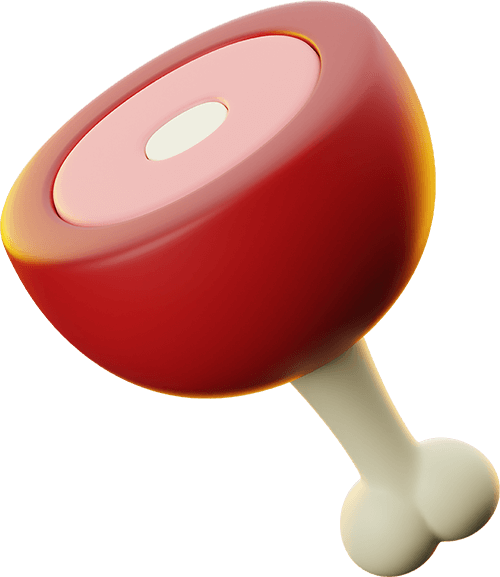
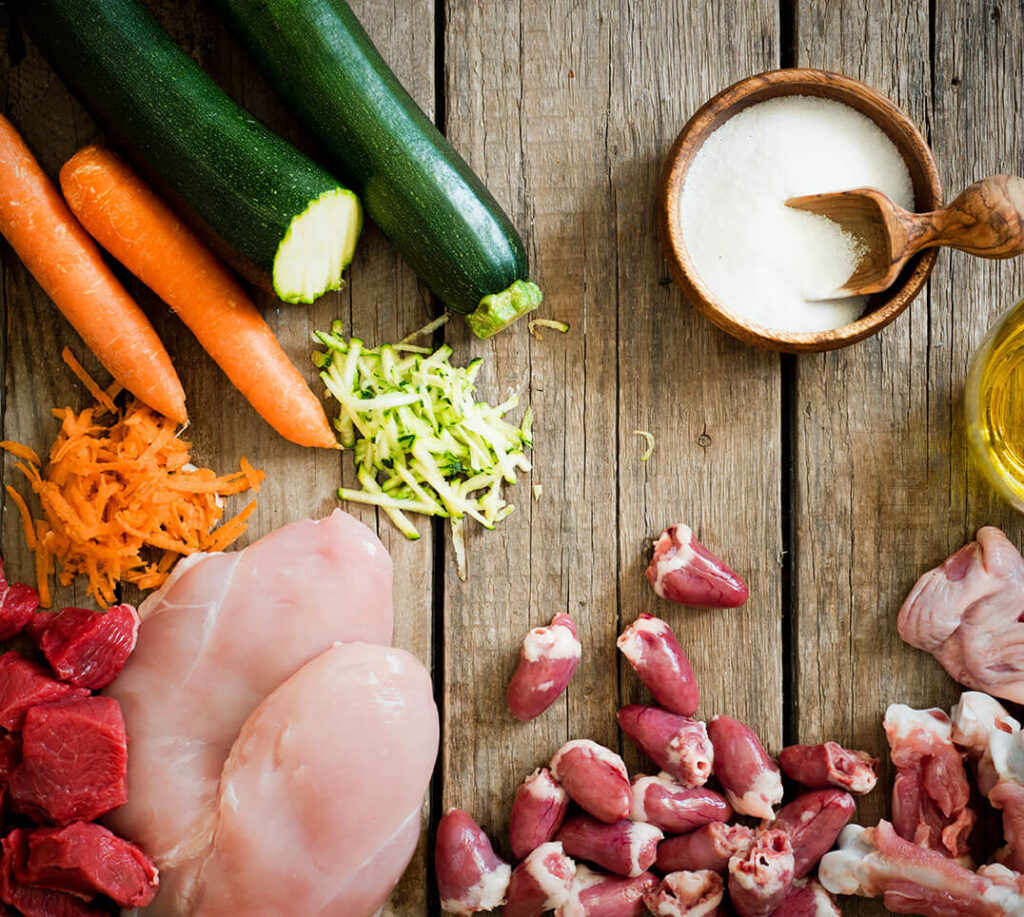
What is high-quality wet food?
A relatively safe way to recognize good wet food is its recommendation of daily portions. A usual domestic cat weighing 4 kilos should be perfectly fine with approx. 200g wet food. In case the recommended daily ratio is significantly over this figure do not even give it a second thought, just leave it. A few more characteristics to go by:
- Contents of meat and animal by-products are minimum 65-70% or more
- Animal by-products are specified: liver, kidney, heart
- Contains little or no grain
- Soy-free and maize-free (major allergy triggers)
- Sugar-free (including molasses, beet pulp, caramel, bran etc.)
- Free from vegetable by-products, vegetable protein extracts, etc.
- Free from flavourings, additives, flavour enhancers and preservatives
- Free from added fats which are not specified clearly
In case you need brief and to-the-point advice:
- Feed your cat high-quality wet food or a species-appropriate raw diet
- Do not believe advert claims
- Forget food promising healing
Animal by-products don’t necessarily need to be specified on the cans, but the manufacturer should give you information on demand. Animal by-products also include (the following list is not exhaustive): hides and skins, hooves, bones, tendons, blood, feathers, intestines (also full), lungs, greaves and urine. This latter one is readily used as a salt substitute, because when added to the food this way, salt as an additive does not need to be listed. The term “meat and animal by-products” is simply hodgepodge often concealing the list in this paragraph.
That is why the manufacturer should also be able to specify the meat content rather than mention it in a collective term.
Cats cannot metabolize grains
Cats cannot metabolize grains; so this food is not designed for their organism.
You will rarely find food in pet stores that meet this demand. There is however a wide range of manufacturers that produce such food and in most cases they distribute it themselves.
A classic retailer remains inaccessible as a distribution opportunity to such manufacturers, because the retailer is contractually bound to major manufacturers.
Please contact us for more specific recommendations, we are happy to give advice on transition as well, which is a challenge when it comes to cats.
Dry food is not species-appropriate!
Species-appropriate raw food
b.a.r.f.ing
The best way – and requires no special skills. Don’t believe anyone who claims that an everyday cat guardian is not able to provide a healthy raw food diet. You need to deal with it though.
Contact us or check our recommendations.
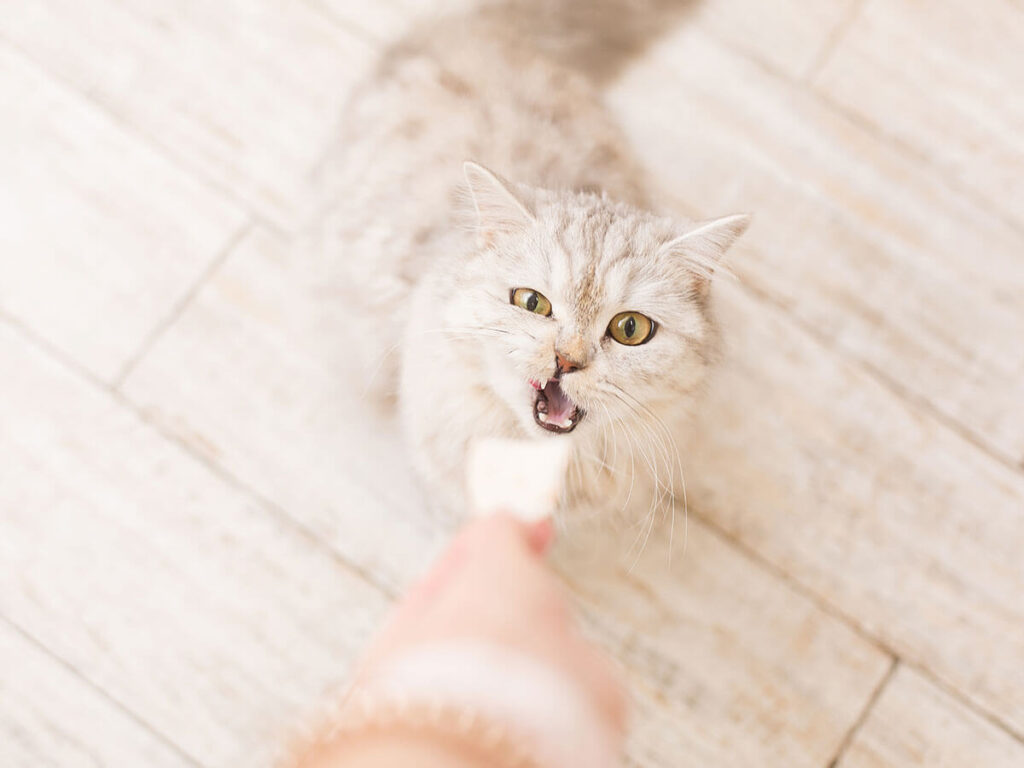
Dry food
A (hopefully already superfluous) list with the aim of cutting off dry food
Dry food is not species-appropriate.
There is no such thing as “good” dry food – no matter what major testers in this country are telling you. Dry food is poison to your cat. Why?
Owing to their physiology, cats are desert animals – they drink extremely little or not at all. Urine concentration compensate for the lack of moisture in cats. Hardly any cats on a dry food diet drink sufficiently, so they are constantly dehydrated and suffer from overly concentrated urine with all its secondary diseases.
Dry food is a highly denaturalized laboratory product.
Compare dry food to a mouse. The specifications of the mouse are in bold, that of commercial dry food in brackets (Source):
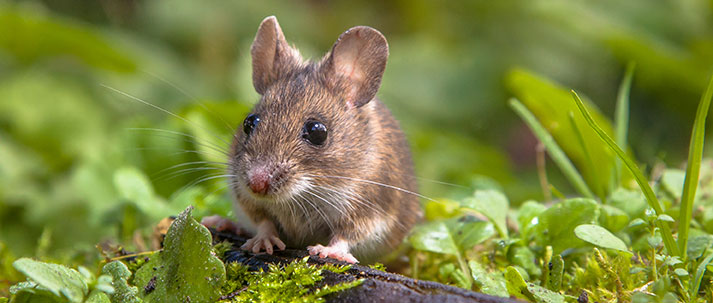
- 70% Water
- 14% High-quality animal proteins
- 10% Fat
- 1-2% Carbohydrate
- Vitamins, minerals, trace elements and fibres
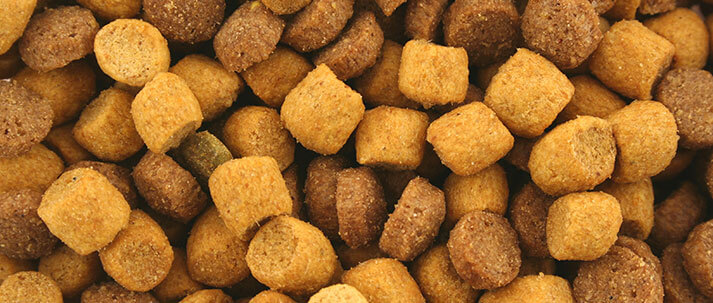
- <10% Water
- 27%* High-quality animal proteins
- Various amounts of fat
- 30-80% Carbohydrates
- synthetic vitamins often overdosed, preservatives, additives, etc.
* from substandard animal and plant by-products
Dry food has hardly anything to do with a natural diet. It is produced for the convenience of people rather than the well-being of animals as it’s clean, light ,convenient and long-lasting.
And just to bust another urban legend: dry food is NOT good for the teeth, quite the contrary.
Dry food leaves massive deposits on the teeth, being the main reason for dental plaque. With their scissor bite, cats slice and tear their food rather than chew on some “oral hygiene sticks”.
Give your cats a piece of raw meat, and then it’s all fine with their teeth too.




